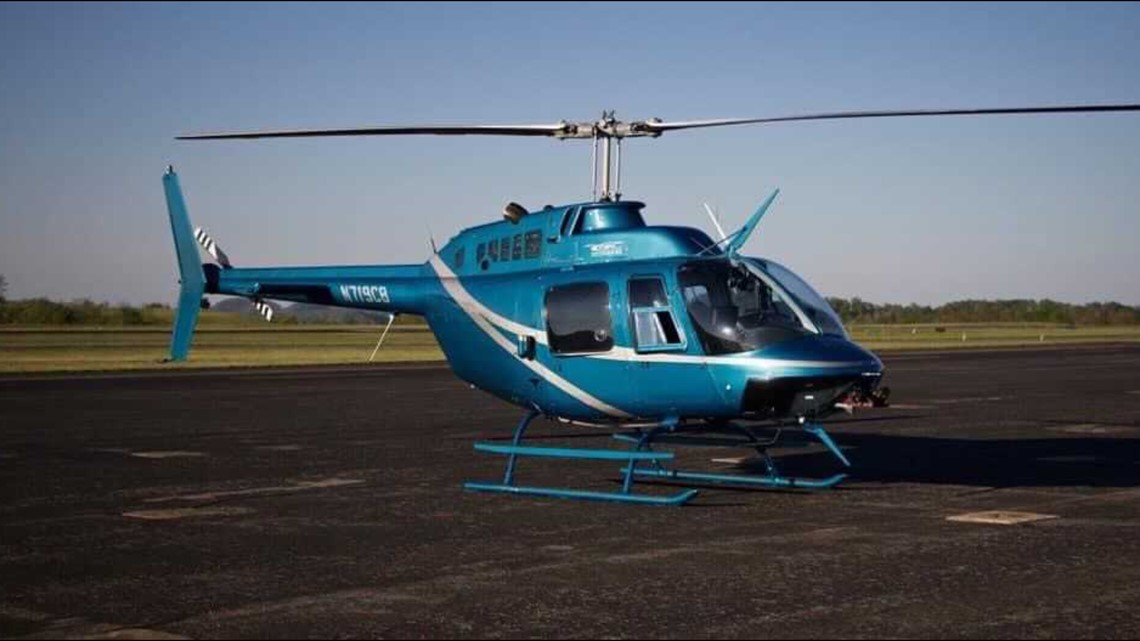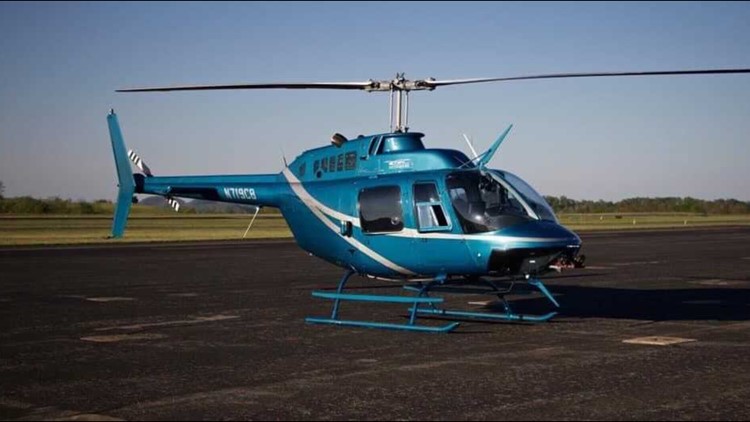TOLEDO, Ohio — For the next few weeks, you may see low-flying helicopters as part of a survey effort on Toledo Edison lines in the area including Sylvania Township.
Beginning Tuesday, Jan. 26, Chesapeake Bay Helicopters will be in the Toledo Edison region and will perform ultraviolet and infrared (UV/IR) surveying on all Toledo Edison 345kVtransmission lines.
In addition, routine patrols on all Toledo Edison 138kV and 69kV lines will also be performed.
These patrols will take about three weeks to complete though inclement weather or outage-related helicopter patrols could extend the survey campaign.
The following helicopters will be used for these patrols:
- UV/IR Patrols – A black and silver, Hughes MD500 with tail registration number N774CB
- Routine Patrols – A blue Bell 206 Jet Ranger with tail registration number N719CB


HOW THE PATROLS WORK
A UV/IR patrol is like a routine patrol in terms of patrol speed (25-35 mph) but utilizes an infrared and corona camera that’s mounted on the bottom of the helicopter. The onboard thermographer uses these cameras to view the transmission line conductor and hardware through the infrared and ultraviolet spectrums to identify any sources of overheated components.
A routine patrol is flown at speeds of 25-35 mph and is a general, overall look at the transmission line where the onboard inspector is looking for any outstanding damage on the transmission line conductors, hardware, and structures. The helicopter may also be seen hovering to get a closer look at any conditions that may be found.
It should be noted that the contractor has been authorized to patrol the transmission circuits in their entirety (i.e. "breaker-to-breaker"), so patrols on certain lines may therefore extend into the neighboring regions.
The pilots will be in communication with any local airports when in their airspace.


